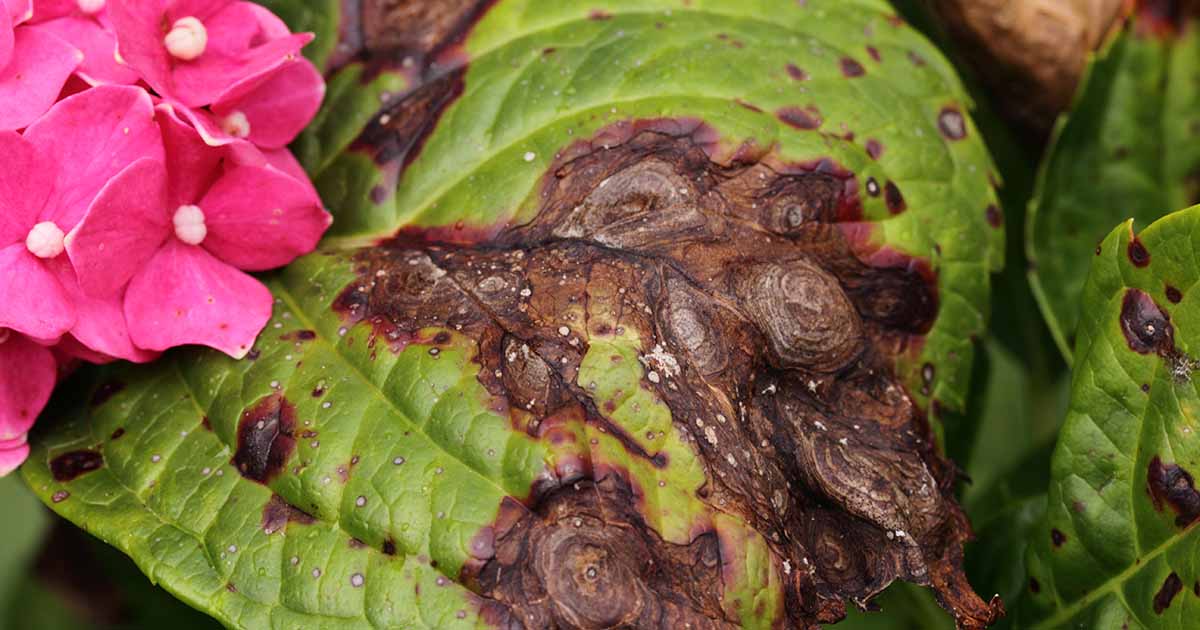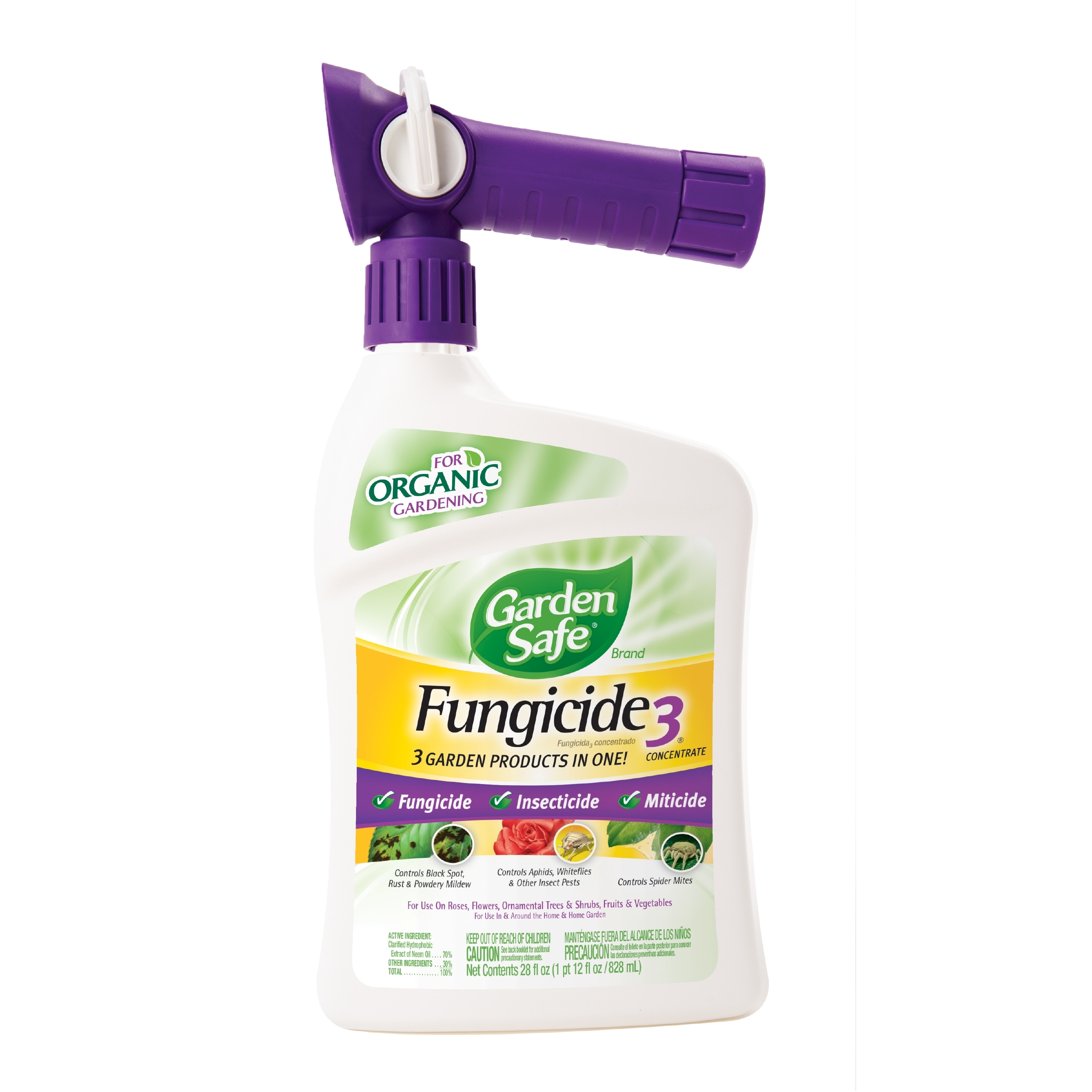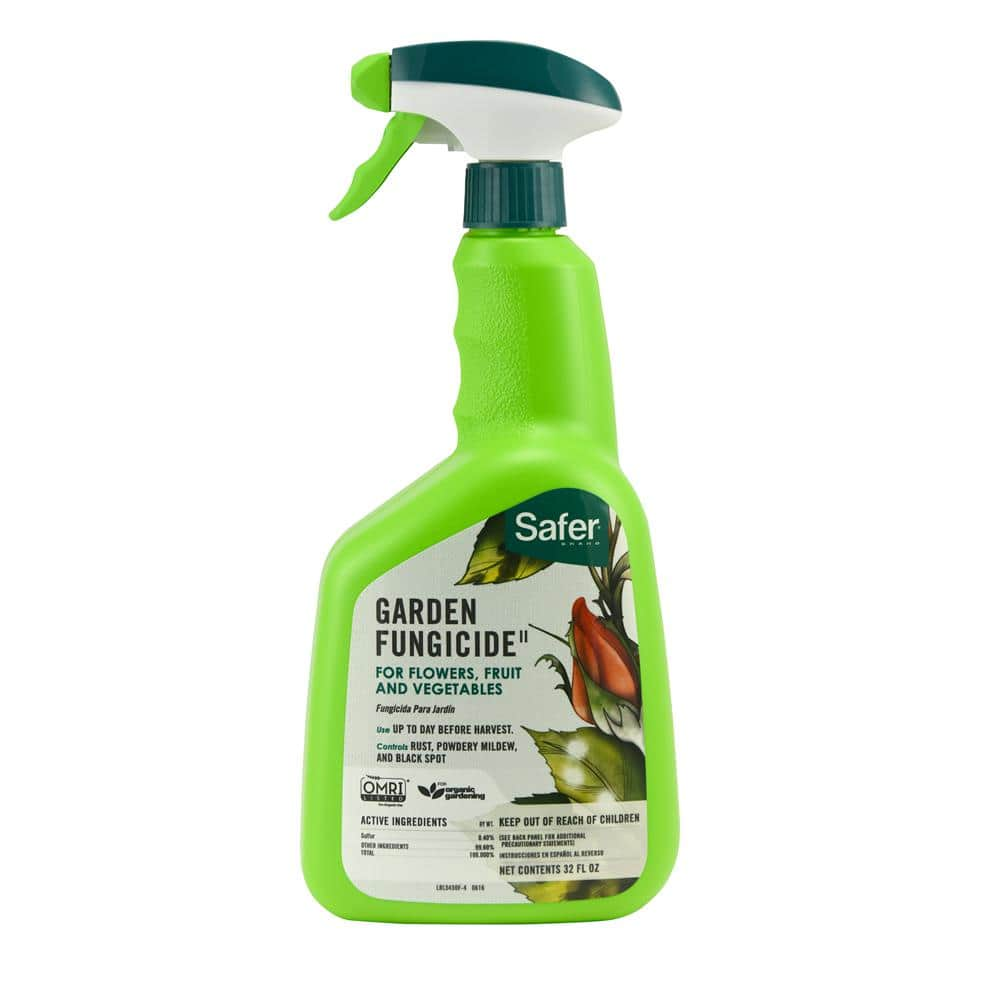The Best Fungicide For Hydrangeas: Keep Your Plants Healthy And Beautiful
The Best Fungicide for Hydrangeas: Keep Your Plants Healthy and Beautiful
Hydrangeas are beautiful flowering shrubs that can add a touch of elegance to any garden. However, they are also susceptible to a number of fungal diseases, such as powdery mildew, leaf spot, and anthracnose. If your hydrangeas are showing signs of fungal disease, you may need to use a fungicide to protect them.
There are a number of different fungicides available on the market, so it can be difficult to know which one is the best for hydrangeas. In this blog post, we will discuss some of the most effective fungicides for hydrangeas and provide tips on how to use them.
What are the most common fungal diseases that affect hydrangeas?
The most common fungal diseases that affect hydrangeas are:
- Powdery mildew: This disease causes a white, powdery coating to form on the leaves and stems of hydrangeas. It can stunt the growth of the plant and make it more susceptible to other diseases.
- Leaf spot: This disease causes circular or irregular spots to form on the leaves of hydrangeas. The spots can be brown, black, or yellow, and they can eventually cause the leaves to fall off.
- Anthracnose: This disease causes small, dark spots to form on the leaves of hydrangeas. The spots can eventually enlarge and cause the leaves to fall off.
How to choose the best fungicide for hydrangeas
When choosing a fungicide for hydrangeas, it is important to consider the following factors:
- The type of fungal disease: Different fungicides are effective against different types of fungal diseases. Be sure to choose a fungicide that is specifically designed to treat the type of fungal disease that is affecting your hydrangeas.
- The stage of the disease: If the fungal disease is in its early stages, you may be able to control it with a mild fungicide. However, if the disease is more advanced, you may need to use a stronger fungicide.
- The time of year: Some fungicides should only be used during certain times of the year. Be sure to read the label carefully to make sure that you are using the fungicide at the right time.
How to apply fungicide to hydrangeas
To apply fungicide to hydrangeas, you will need a spray bottle. Be sure to wear gloves and eye protection when applying the fungicide.
- Mix the fungicide according to the directions on the label.
- Fill the spray bottle with the mixed fungicide.
- Spray the entire plant, including the top and underside of the leaves.
- Repeat the application every 7-10 days until the fungal disease is gone.
How to prevent fungal diseases on hydrangeas
In addition to using fungicides, there are a number of things you can do to prevent fungal diseases on hydrangeas:
- Plant hydrangeas in a location that gets plenty of sunlight and good air circulation.
- Water hydrangeas deeply and infrequently.
- Mulch around hydrangeas to help retain moisture and prevent the spread of fungal spores.
- Remove any diseased leaves or branches from the plant as soon as possible.
- Inspect your hydrangeas regularly for signs of fungal disease.
By following these tips, you can help keep your hydrangeas healthy and beautiful.
If you're looking for a fungicide to help your hydrangeas thrive, I recommend visiting . This website has a wealth of information on the topic, including different types of fungicides, how to apply them, and how to prevent hydrangeas from getting fungus in the first place.
The website also includes a helpful FAQ section that answers common questions about hydrangeas and fungus. Whether you're a beginner gardener or an experienced horticulturist, you're sure to find the information you need on .
In addition to providing information on fungicides, also offers a wide variety of other resources for hydrangea growers, including articles on plant care, pruning, and pest control. You can also find a forum where you can connect with other hydrangea enthusiasts and share tips and advice.
So if you're looking for the best possible care for your hydrangeas, I encourage you to visit . You won't be disappointed.
FAQ of fungicide for hydrangeas
1. What are the most common fungal diseases that affect hydrangeas?
The most common fungal diseases that affect hydrangeas are:
- Leaf spot: This disease causes small, brown or black spots to appear on the leaves of hydrangeas. It is most common in humid, wet weather.
- Rust: This disease causes orange or yellow spots to appear on the leaves of hydrangeas. It is spread by wind and water.
- Powdery mildew: This disease causes a white, powdery coating to appear on the leaves of hydrangeas. It is most common in hot, dry weather.
- Botrytis blight: This disease causes the leaves, flowers, and stems of hydrangeas to rot. It is most common in cool, wet weather.
- Sclerotinia wilt: This disease causes the leaves and stems of hydrangeas to wilt and die. It is most common in cool, wet weather.
2. How do I know if my hydrangeas have a fungal disease?
The most common signs of fungal disease in hydrangeas are:
- Small, brown or black spots on the leaves
- Orange or yellow spots on the leaves
- A white, powdery coating on the leaves
- Wilting leaves, flowers, or stems
- Dead leaves, flowers, or stems
3. How can I treat fungal diseases on hydrangeas?
There are a number of ways to treat fungal diseases on hydrangeas. The most common methods are:
- Spraying with a fungicide: There are a number of fungicides available that can be used to treat fungal diseases on hydrangeas. Be sure to follow the directions on the label carefully.
- Removing affected leaves and stems: If the fungal disease is only affecting a few leaves or stems, you can remove them to prevent the spread of the disease.
- Watering with a fungicide solution: You can also water your hydrangeas with a solution of fungicide to help prevent the spread of disease.
- Providing good air circulation: Good air circulation can help to prevent fungal diseases from developing. Prune your hydrangeas to allow for good air flow.
- Planting in a sunny location: Fungal diseases are more likely to develop in shady areas. Plant your hydrangeas in a sunny location to help prevent disease.
4. How can I prevent fungal diseases on hydrangeas?
The best way to prevent fungal diseases on hydrangeas is to take steps to promote good plant health. These steps include:
- Planting in a sunny location
- Providing good air circulation
- Watering your hydrangeas deeply and infrequently
- Fertilizing your hydrangeas with a balanced fertilizer
- Pruning your hydrangeas regularly
- Removing any dead, diseased, or damaged leaves or stems
5. What are some natural fungicides that can be used on hydrangeas?
There are a number of natural fungicides that can be used on hydrangeas. These include:
- Garlic: Garlic contains compounds that have antifungal properties. You can make a garlic spray by crushing a few cloves of garlic and mixing them with water. Strain the mixture and spray it on your hydrangeas.
- Neem oil: Neem oil is a natural insecticide and fungicide. You can purchase neem oil at most garden stores. Dilute the neem oil according to the directions on the label and spray it on your hydrangeas.
- Milk: Milk contains enzymes that have antifungal properties. You can make a milk spray by mixing one part milk with four parts water. Spray the milk mixture on your hydrangeas.
- Epsom salts: Epsom salts can help to boost the health of your hydrangeas and make them more resistant to disease. You can add Epsom salts to the water you use to water your hydrangeas.
- Baking soda: Baking soda has antifungal properties. You can make a baking soda spray by mixing one tablespoon of baking soda with one gallon of water. Spray the baking soda mixture on your hydrangeas.
Image of fungicide for hydrangeas
- Image 1: A bottle of Daconil fungicide, which is a broad-spectrum fungicide that can be used to treat a variety of diseases on hydrangeas, including powdery mildew, rust, and leaf spot.
- Image 2: A bottle of Bonide Copper Fungicide, which is a copper-based fungicide that is effective against a variety of fungal diseases, including powdery mildew, black spot, and anthracnose.

- Image 3: A bottle of Garden Safe Fungicide 3 in 1, which is a fungicide that can be used to treat a variety of diseases on a variety of plants, including hydrangeas. It is effective against powdery mildew, rust, and leaf spot.

- Image 4: A bottle of Safer Brand Garden Fungicide, which is a natural fungicide that is made from neem oil. It is effective against a variety of fungal diseases, including powdery mildew, rust, and black spot.

- Image 5: A bottle of Southern Ag Fung-Away Fungicide, which is a fungicide that is effective against a variety of fungal diseases, including powdery mildew, black spot, and rust. It is also safe for use around children and pets.

Post a Comment for "The Best Fungicide For Hydrangeas: Keep Your Plants Healthy And Beautiful"